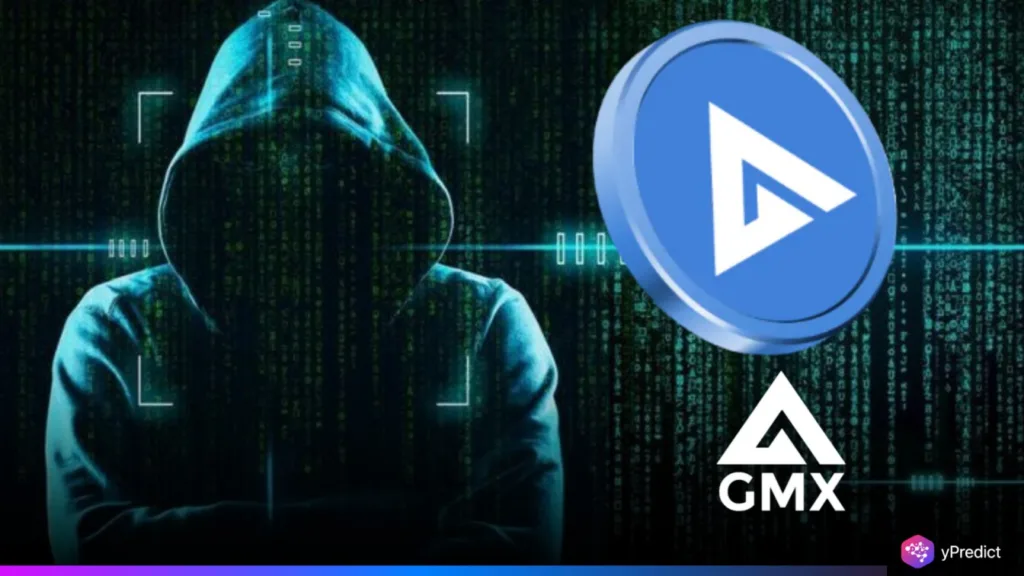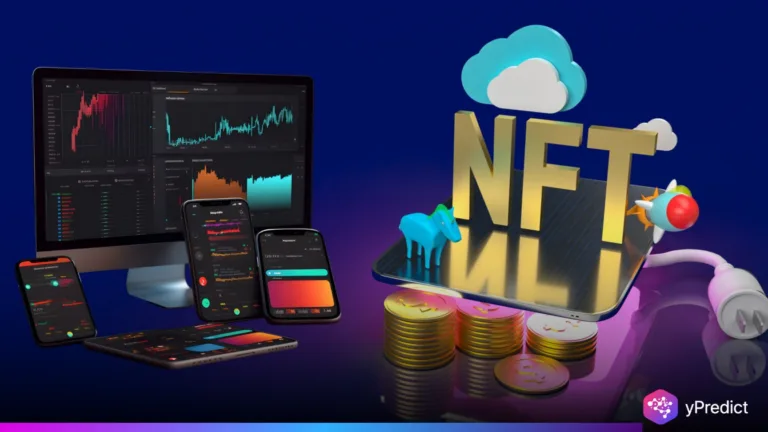
A critical smart contract vulnerability in GMX V1’s GLP pool on Arbitrum triggered a $40 million exploit this week, sending shockwaves across the DeFi space. The attacker used a re-entrancy loophole to manipulate short average price calculations, allowing them to drain funds directly from the pool. GMX confirmed the exploit and immediately halted V1 trading to prevent further damage.
The GMX team clarified that the exploit only impacted the V1 protocol and left the newer V2 version untouched. The breach, however, raised fresh doubts about the security of even audited DeFi protocols. Investors responded with alarm, but the situation took an unexpected twist just hours later.
Hacker Accepts Bounty Offer, Begins Returning Funds
In a rare move, GMX offered a $5 million white-hat bounty to the attacker in exchange for the stolen assets. The hacker responded. They began sending back significant portions of the stolen crypto, including 5.49 million FRAX. The GMX exploit turned into one of the few cases where the majority of funds were returned after a major DeFi attack.
This reversal changed the mood in the market. Traders showed renewed optimism, and the GMX token surged 14% following the update. The quick response and partial recovery eased pressure on the protocol and helped prevent wider damage in the Arbitrum ecosystem.
GMX Community Splits on Ethics of Bounty Deals
The hacker’s decision to return funds sparked debate across the DeFi community. Some praised the recovery, viewing it as a success for bounty-driven negotiations. Others criticized the move, arguing that rewarding attackers could encourage future exploits.
The GMX exploit also reignited concerns around smart contract reliability. Despite prior audits, the flawed price calculation logic allowed the attacker to manipulate internal values without triggering alerts. Data from Hackenproof shows over $100 million lost to re-entrancy attacks since 2016, with very few cases where funds have been returned.
GMX Tightens Protocol Security After Funds Recovery
GMX confirmed that a full post-mortem is underway. The team will publish a detailed breakdown of how the exploit bypassed existing safeguards. They also promised to revise their smart contract development process and integrate stronger real-time monitoring systems.
To prevent future exploits, GMX is working with external auditors and exploring automatic circuit breakers in price feeds. While the returned funds offered relief, the exploit exposed deep risks still present in DeFi architecture. The incident serves as a reminder that smart contract design requires more than just audits—it demands constant stress testing and adaptive defenses. GMX now focuses on restoring trust and proving that lessons from this exploit can turn into lasting infrastructure upgrades.
GMX Exploit Lessons and Recovery Path
The GMX exploit unfolded as one of the most unexpected events in DeFi this year. A critical smart contract flaw led to a $40 million breach, but the hacker’s decision to return funds gave the story a rare positive turn. While the recovery is encouraging, the event highlights the need for smarter, self-defending protocols. GMX’s next steps will define how seriously the platform treats contract security—and whether it can truly rebuild user confidence after one of its toughest weeks.






